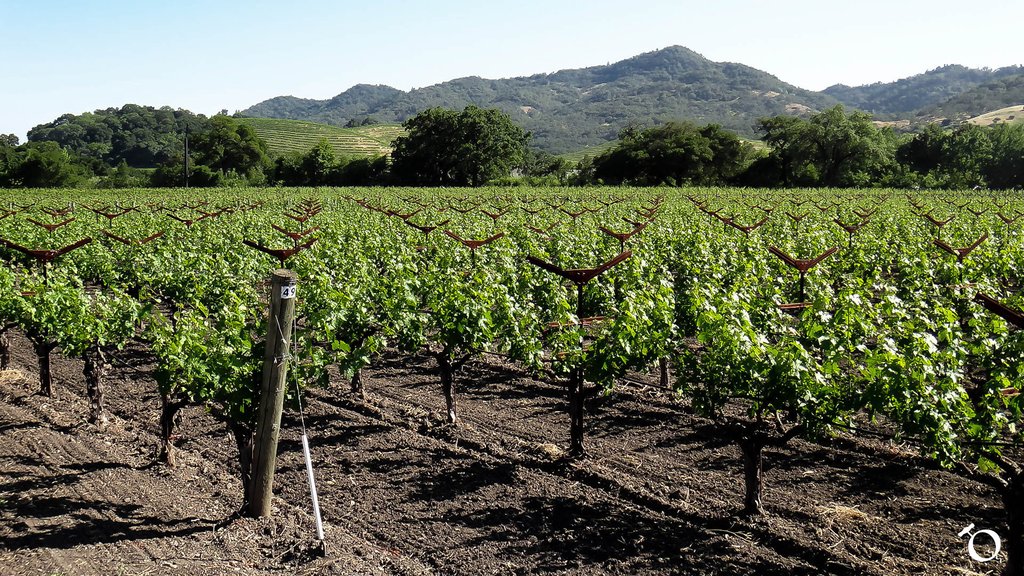April 17th - This Date in Wine History
/Wine has a long established history of being our drink of choice for celebrating, entertaining, and savoring life; but it didn't start out that way. From the invention of the barrel to the designation of the separate viticultural areas, wine has a long and sorted history. In our daily feature "This Date In Wine History," we share an event of critical importance in wine history.
- The British government in 1796 passed an import tax of 30 £ per tun on French wine and 20 £ per tun on Spanish or Portuguese wines
- “The Colonist” of Sydney Australia contains an advertisement for H.E.I. Company offering for sale 100 Pipes of the, “Best Cape Madeira Wine”
- Ron W. Miller, former NFL Player and Disney executive was born in 1933. He is also owner of Silverado Winery along with his late wife, Diane Disney Miller.
- North Dakota's first bonded winery since prohibition was bonded in 2002. The winery was Pointe of View Winery. North Dakota was the last state to bond a winery.
- The French have a saying, « Avril froid à la saint Anicet, pain et vin donne, mai froid les moissonne.» or “April cold on St. Anicet's day gives wine and bread, May cold reaps them.”
- It is Malbec World Day! We have a couple to recommend!













